Optimal Timing for Siding Service
Choosing the right time for siding service can impact the quality and durability of the installation or repair. Weather conditions, temperature, and humidity levels are key factors that influence the effectiveness of siding work. Proper timing ensures optimal adhesion, minimizes delays, and extends the lifespan of the siding material.
Spring offers moderate temperatures and lower humidity, ideal for siding installation. It allows for efficient work and reduces the risk of weather-related delays.
Summer provides longer daylight hours and warmer weather, suitable for siding projects. However, extreme heat can affect certain materials, so timing within summer is important.
Fall typically features cooler temperatures and dry weather, making it a good time for siding service before winter.
Winter can pose challenges such as freezing temperatures and snow, which may hinder siding work or affect material performance.

Spring weather conditions support efficient siding installation with minimal delays.
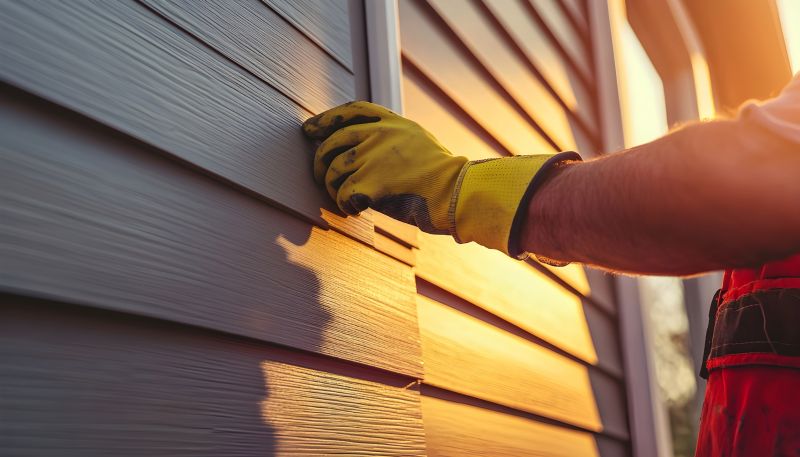
Warm summer days facilitate siding work, but caution is needed during peak heat.

Fall provides optimal conditions for siding maintenance before winter sets in.
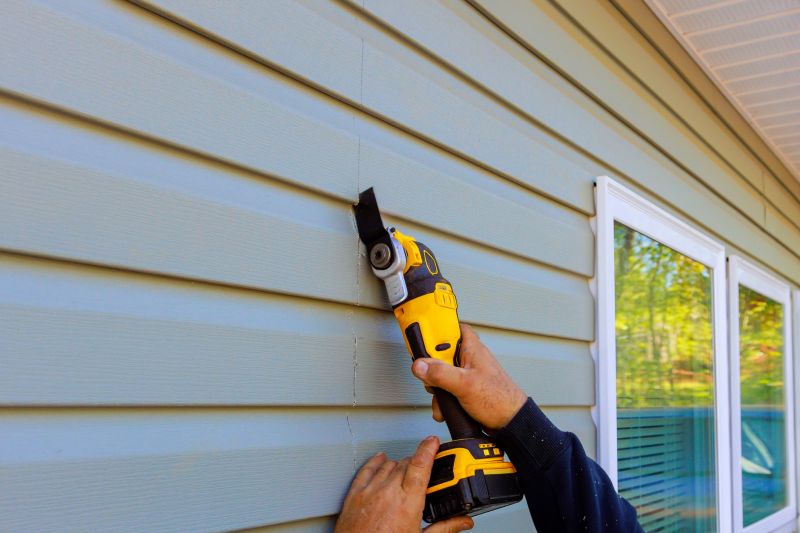
Ways to make Siding Service work in tight or awkward layouts.
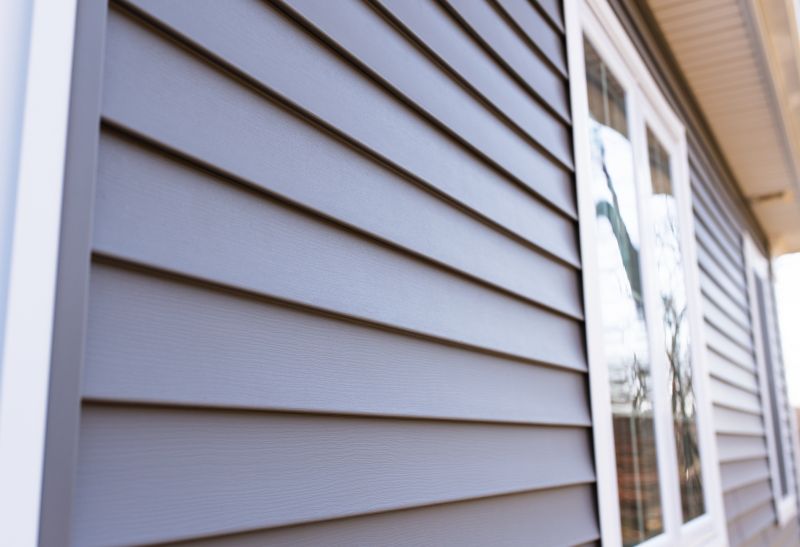
Popular materials for Siding Service and why they hold up over time.
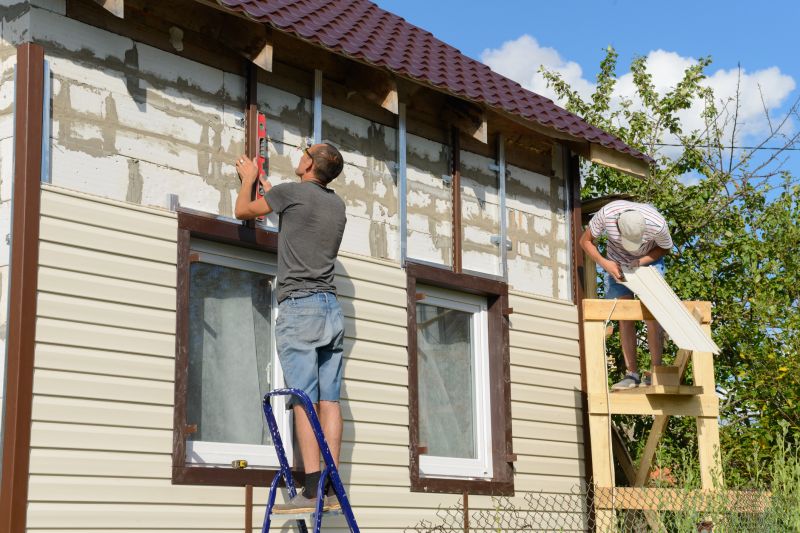
Simple add-ons that improve Siding Service without blowing the budget.
| Season | Ideal Conditions |
|---|---|
| Spring | Moderate temperatures, low humidity, minimal weather disruptions |
| Summer | Warm weather, longer days, caution during peak heat |
| Fall | Cooler temperatures, dry weather, preparation for winter |
| Winter | Cold temperatures, snow, potential delays |
Siding service involves the installation, repair, and maintenance of exterior wall coverings that protect buildings from weather elements and enhance visual appeal. Proper timing ensures that siding materials are installed under optimal conditions, reducing the risk of issues such as warping, cracking, or improper adhesion. The choice of season can also affect the longevity of the siding, with some materials performing better when installed during specific times of the year.
Statistics show that siding projects completed during favorable weather conditions tend to have fewer callbacks and longer-lasting results. For example, installations done in spring or fall often experience fewer delays and better material performance. Understanding seasonal variations can help in planning siding work to maximize durability and aesthetic quality.
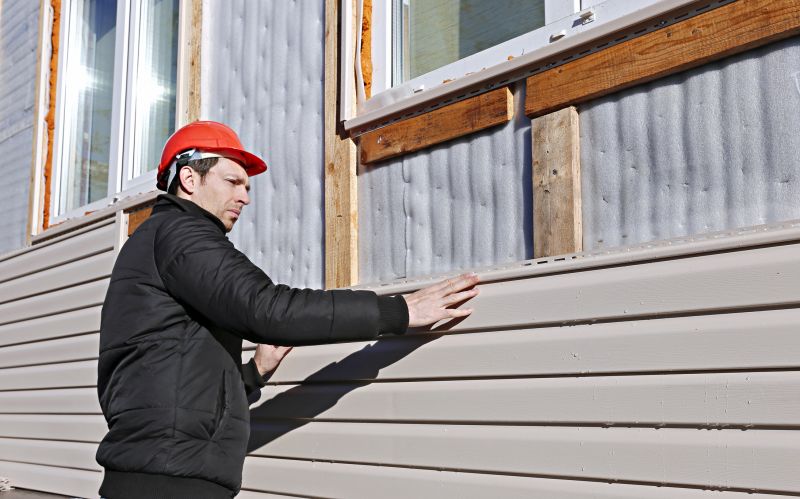
Workers installing siding in optimal weather conditions.
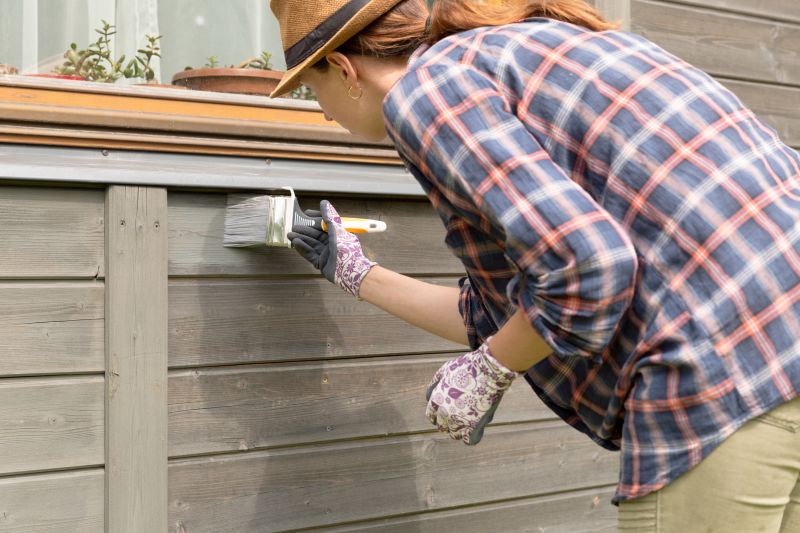
A home with fresh siding installed during favorable conditions.
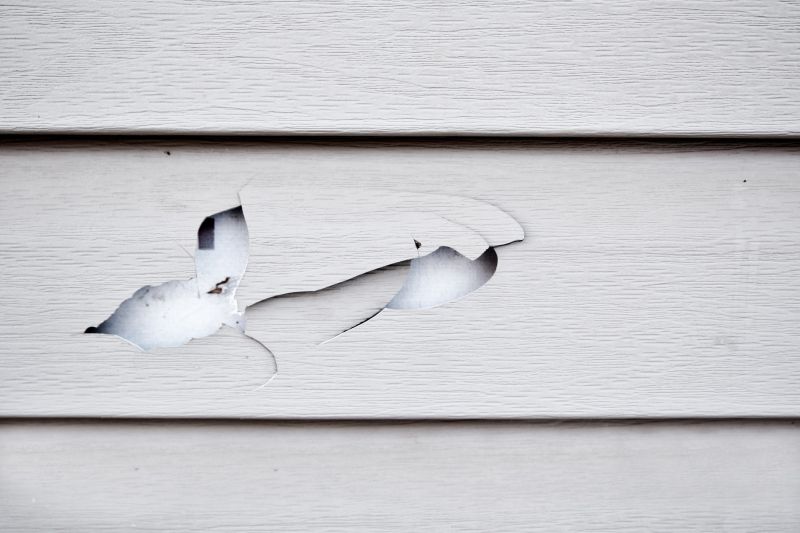
Addressing damage during suitable seasonal weather.
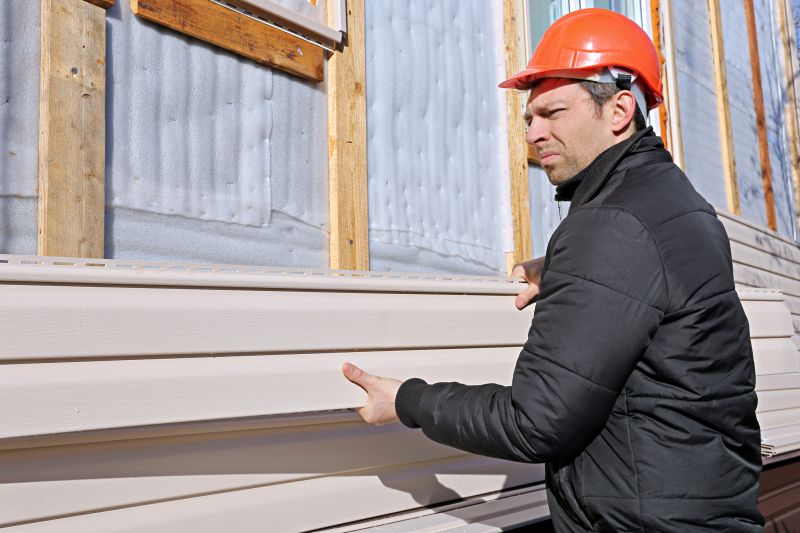
Routine upkeep carried out in appropriate seasons.
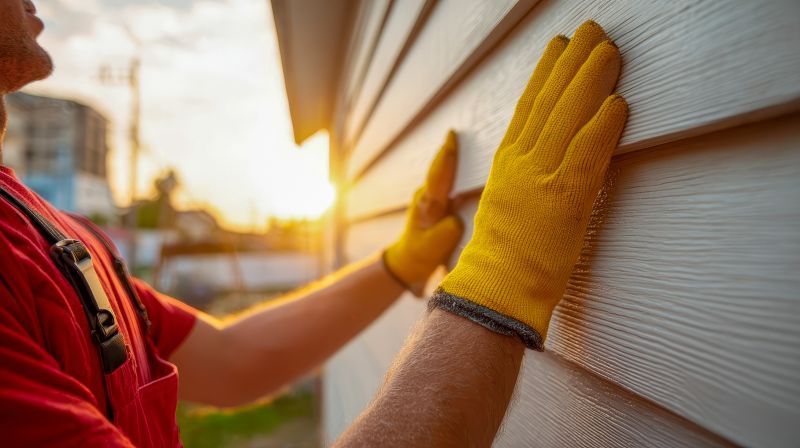
High-end options that actually feel worth it for Siding Service.

Finishes and colors that play nicely with Siding Service.

Little measurements that prevent headaches on Siding Service day.
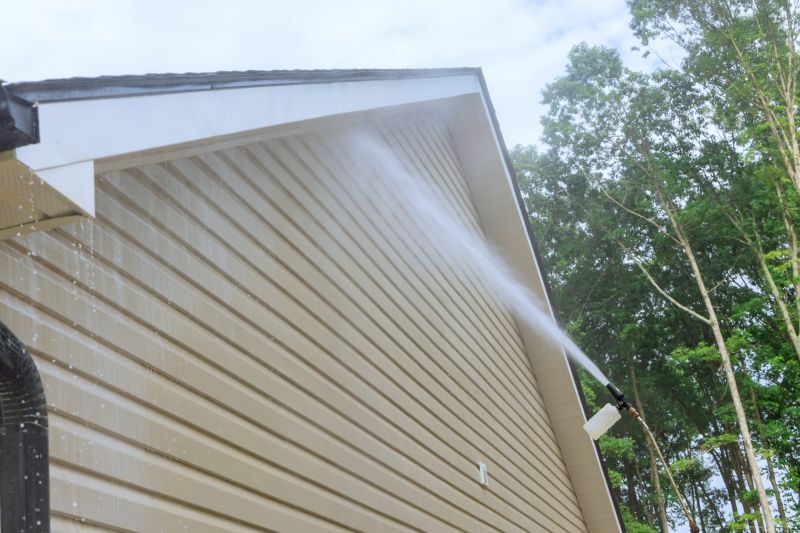
A 60-second routine that keeps Siding Service looking new.
Those interested in scheduling siding service are encouraged to contact for availability and recommendations based on current weather conditions and specific project needs. Proper timing can contribute significantly to the success and longevity of siding work, ensuring the exterior of a building remains protected and visually appealing.


